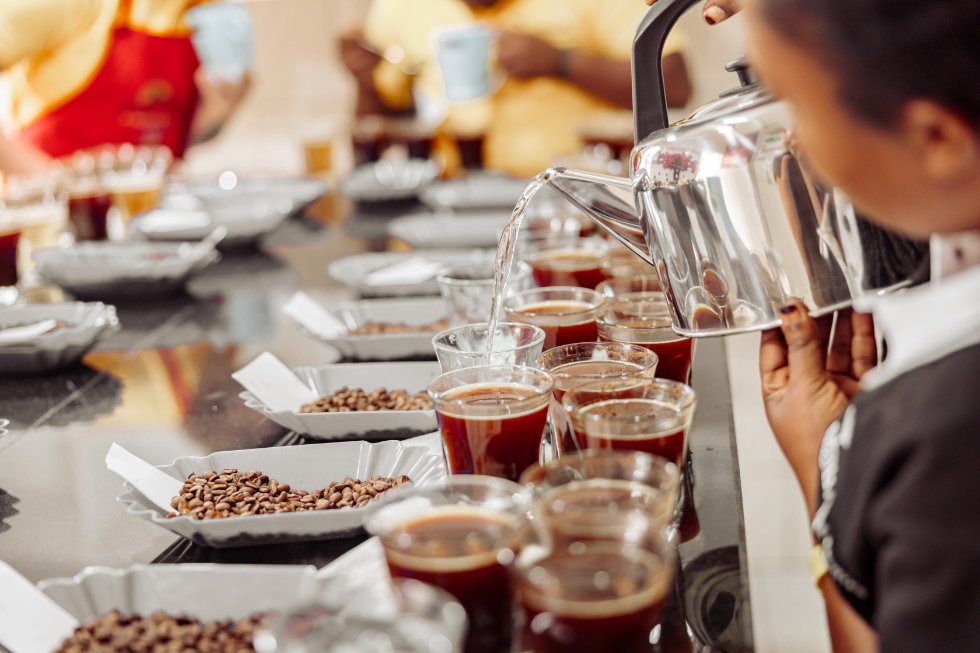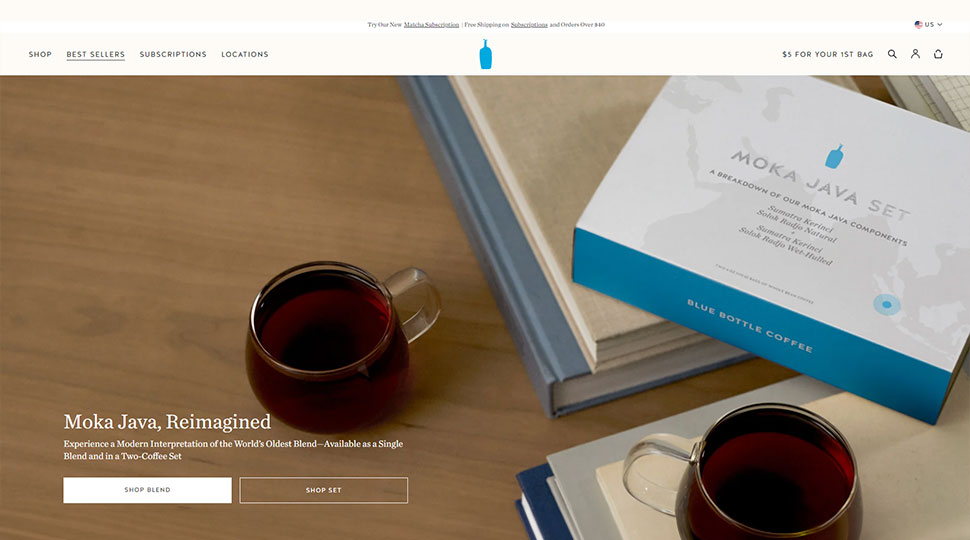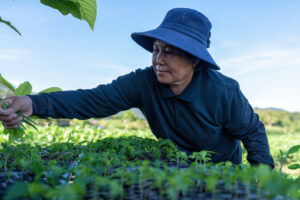For many, coffee is a beloved daily ritual providing warmth, energy, and a moment to sip and savor the complex and delightful flavors of this popular beverage. Coffee tasting and becoming a coffee connoisseur offers not only a deeper appreciation of your daily cup, but can open a world of knowledge and exceptional taste experiences.

Dive into the fascinating world of coffee tasting and become an expert in selecting the finest beans and blends for your taste buds!
The Basics of Coffee Tasting
Aroma and Flavor Notes
Coffee is a complex and deeply aromatic drink with a wide variety of flavors and aromas. Like wine, coffee has its own tasting notes depending on the type of bean, roast level, and processing method.
Some examples of aroma profiles include floral, fruity, nutty, chocolatey, and earthy, to name a few.
Flavor notes build upon those aromas and include sweetness, acidity, and bitterness, with variations depending on the specific coffee origin, roast, and even brewing method.
Factors that Influence the Taste of Coffee
Many factors contribute to the taste and overall experience of a cup of coffee. These range from the very beginning with the coffee plant itself, to the roast level and the preparation method. Factors that influence the taste of coffee include:
- Type of coffee plant (Arabica, Robusta, or a blend)
- Region and elevation where the coffee is grown
- Processing method (wet, dry, or honey process)
- Roasting technique and level (light, medium, or dark)
- Grinding method (burr grinder or blade grinder)
- Brewing method (Chemex, French press, espresso, etc.)
How to Taste Like an Expert

Preparing for Tasting
Before embarking on your coffee tasting journey, prepare your setup and palate to ensure the most accurate and enjoyable experience. Here are some essential tips for preparing for a coffee tasting:
- Sample multiple varieties: Taste several different roasts, origins, and brewing methods to understand and appreciate the full range of flavors and characteristics in coffee.
- Use freshly roasted coffee beans: The freshest coffee provides the most vibrant and complex flavors, highlighting the unique features of each bean and roast.
- Cleanse your palate: Between tastings, cleanse your palate with water or a small bite of plain bread or crackers to provide a neutral starting point for each taste.
- Sip and savor: When tasting, take small sips, allowing the coffee to coat your tongue and aerate in your mouth to release the full range of flavors and aromas.
Steps to Take While Tasting
As a coffee connoisseur, follow these steps to immerse yourself fully in the tasting experience and unlock the secrets of your favorite beverage:
- Smell the coffee: Take a deep inhale of the coffee’s aroma, noting any distinct scents that come forward.
- Slurp the coffee: Take a small sip and loudly slurp the coffee to aerate it and spread it across your palate.
- Identify flavors: While the coffee is in your mouth, pinpoint and differentiate the primary taste sensations like sweetness, acidity, and bitterness.
- Swish the coffee: Swish the coffee around your mouth and note any changes in flavors or textures.
- Finish and reflect: After swallowing the coffee, observe the aftertaste and any lingering flavors or sensations. Consider the body of the coffee before moving on to the next cup.
The Last Drop

Now that you have the secrets to becoming a coffee connoisseur and tasting like an expert, embark on your journey to explore the diverse and delicious world that coffee has to offer!
Embrace the benefits of your newfound knowledge, impress friends and family, and elevate your daily ritual to savor and enjoy your ideal cup of coffee.
Cheers!








